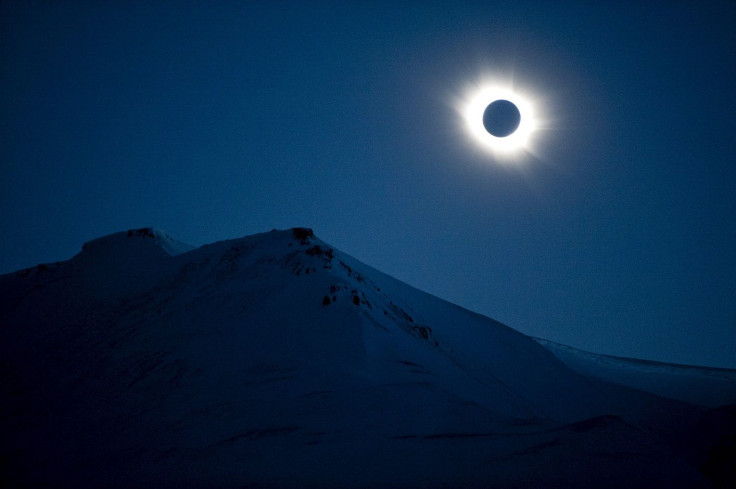Total solar eclipse on March 8: When and where to view the partial eclipse in Australia [VIDEO]

A total solar eclipse will be visible from parts of Southeast Asia and the Pacific Ocean, while a partial eclipse will be visible from Australia and other parts of Asia and Hawaii from March 8 to 9.
The natural phenomenon occurs when the moon passes the sun and Earth, casting its shadow on Earth. The shadow comprises two concentric cones, the umbra and the penumbra. Those who are inside the umbra will see a total eclipse, while the people in the penumbra, or the outer cone, will only see partial solar eclipse.
It will begin at 23:19 UTC on March 8, with the peak point at 01:59 UTC on March 9. The totality will last from one and a half hours to just over four minutes, depending on the location it is viewed. However, more than three hours will pass between the time it hits the westernmost location and the time it hits the easternmost location. Those who are along the path of totality will see the solar corona only while the sun is totally covered by the moon.
“You notice something off about the sunlight as you reach totality,” Sarah Jaeggi, a space scientist at NASA, said in a statement. “Your surroundings take on a twilight cast, even though it’s daytime and the sky is still blue.”
Indonesia, particularly the central portions of Borneo and Sumatra, will have the best view of the total solar eclipse. A partial solar eclipse will be seen in portions of China, North and South Korea, the Philippines, Japan, some regions in Hawaii, US, and in northern Australia, or those along the northern line between Perth and Rockhampton.
As the ABC reports, those in Alice Springs (9:20 a.m. ACST), Broome (7:23 a.m. AWST), Cairns (10:12 a.m. AEST), Darwin (9:07 a.m. ACST), Rockhampton (10:55 a.m. AEST) and Perth (8:06 a.m. AWST) will see partial eclipse on March 9.
Here’s the visual illustrating the path of the eclipse:
YouTube/NASA.gov Video
NASA warns not to look at the sun directly. Even when most of the sun’s surface is obscured by the moon, the unobscured sliver of the surface can damage the eyes.





















